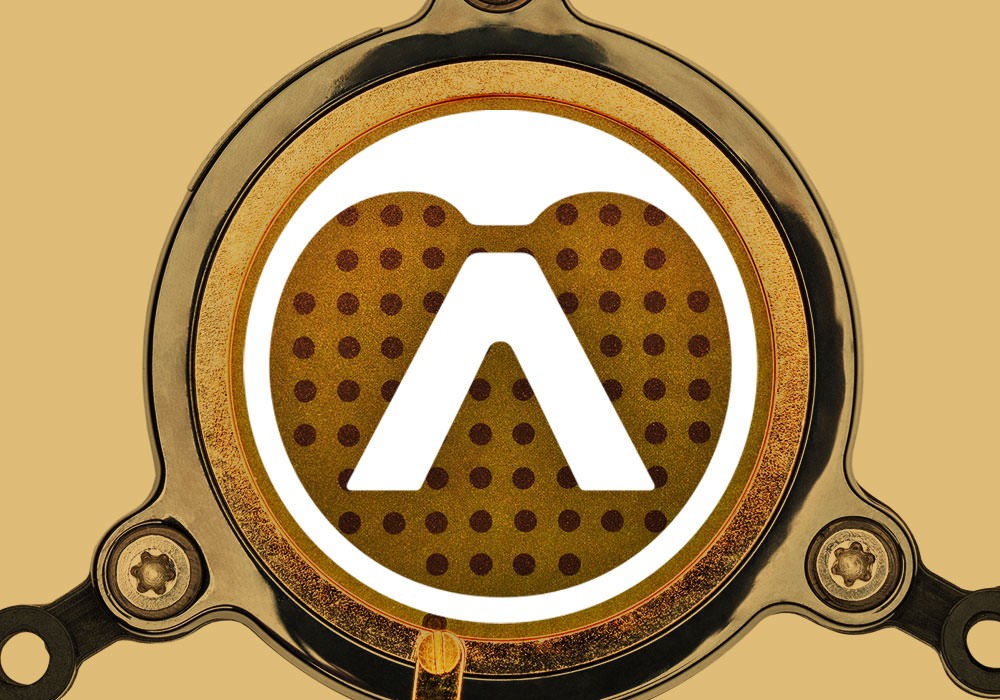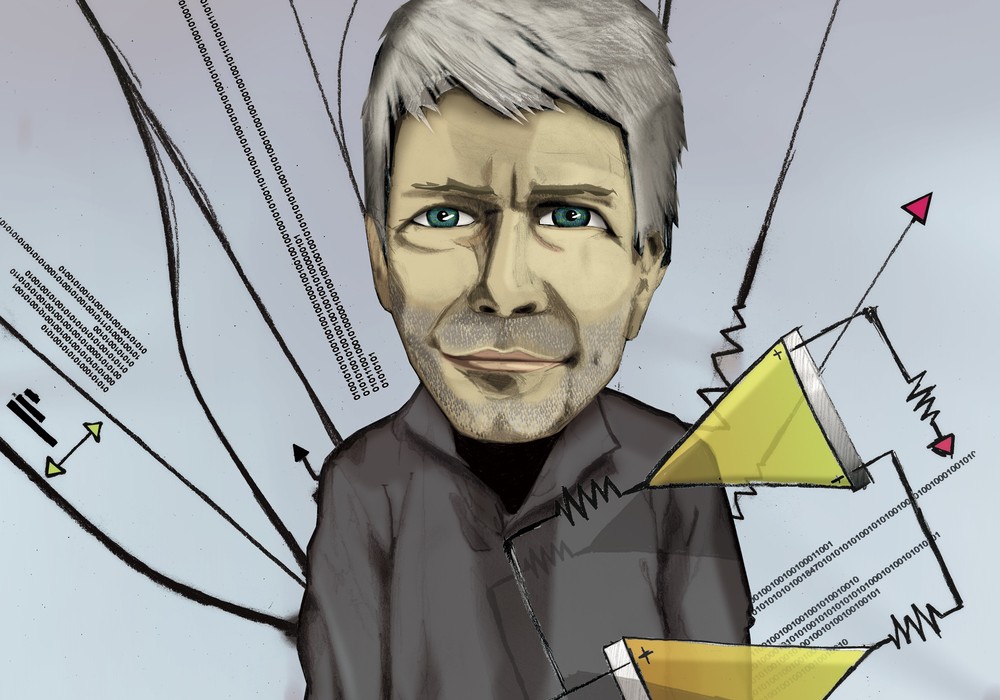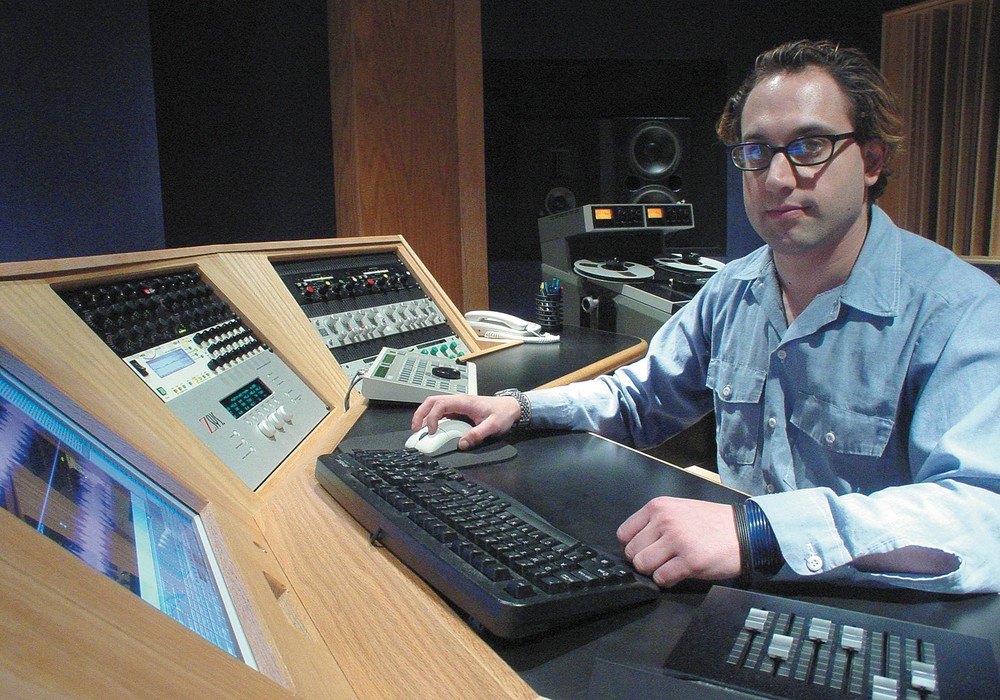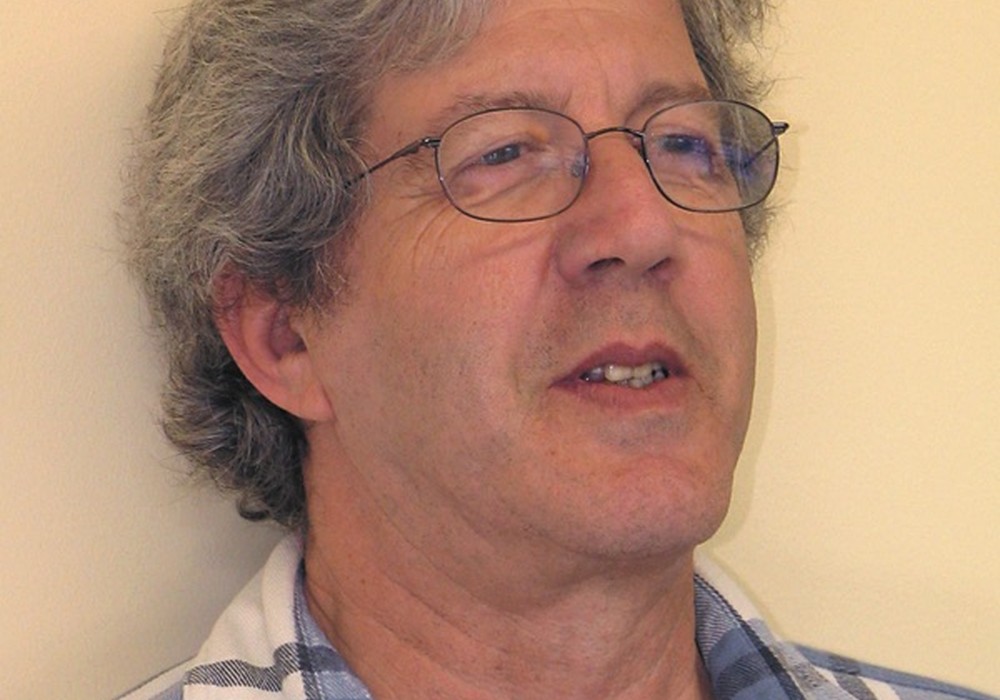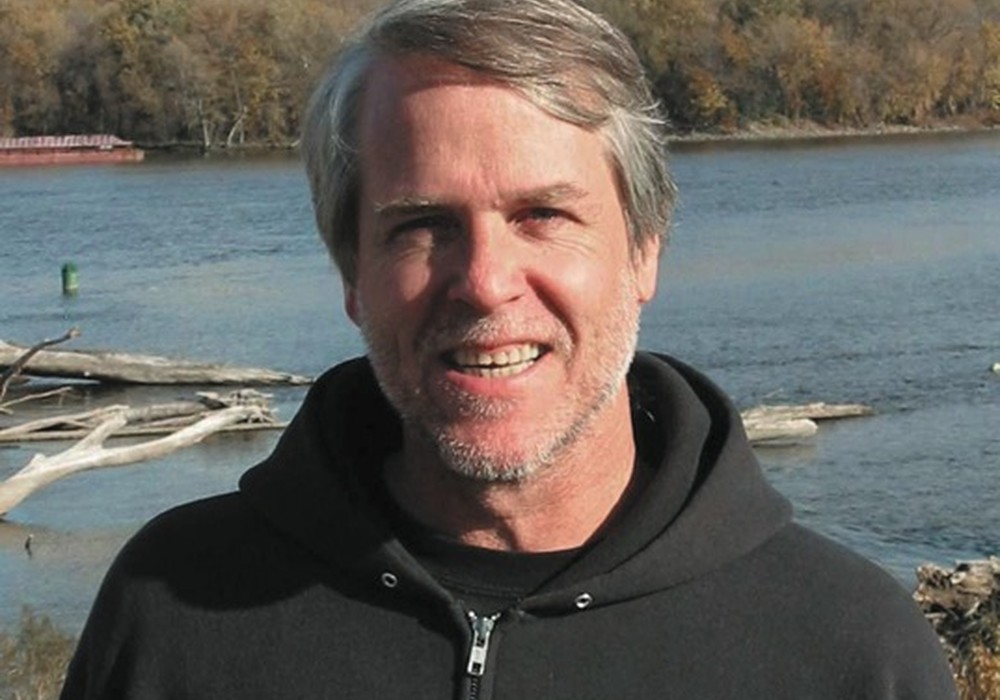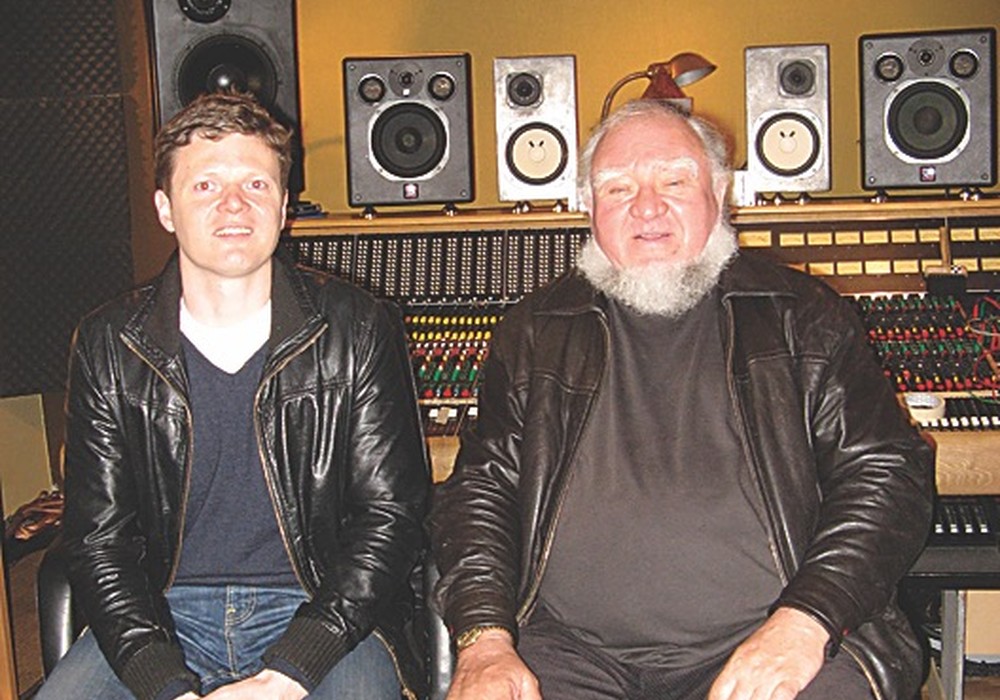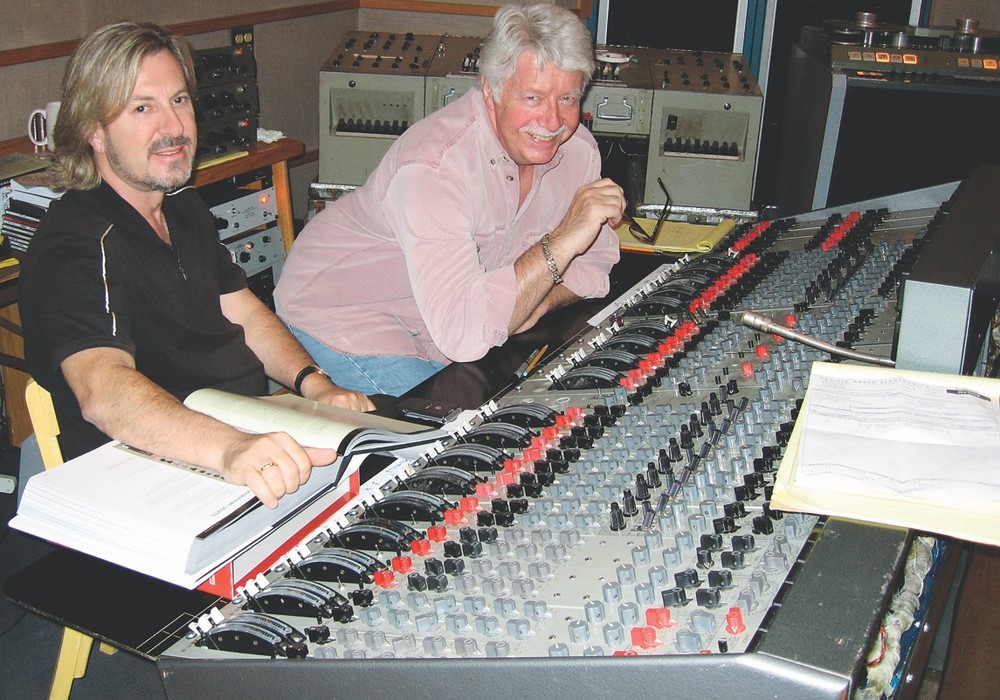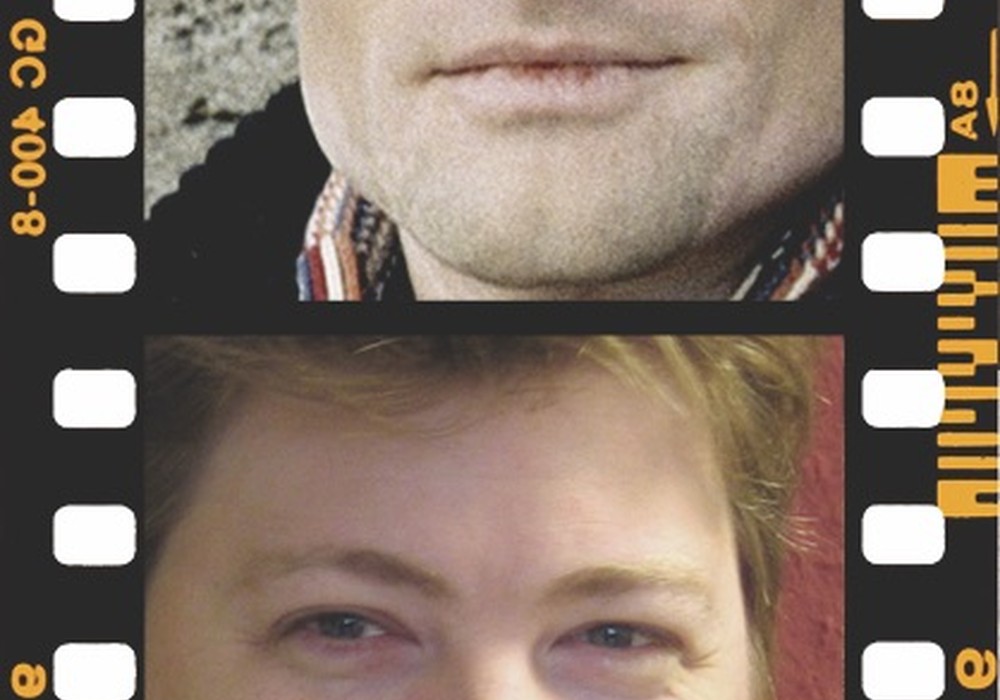PreSonus Audio Electronics is celebrating its ten-year anniversary of delivering high quality recording and live audio gear at great prices. The Baton Rouge, Louisiana-based company features over 20 products, and is soon launching a high-end yet reasonably priced tube preamp in collaboration with Anthony DeMaria Labs. PreSonus owner/founder Jim Odom is an interesting find: a man with gold and platinum engineering credits, a stint as a major label artist, a former studio owner and past work with high tech sonar DSP for the Navy.
What was your history before PreSonus? You were an engineer and you have an EE degree?
Yes, I have an Electrical Engineering degree from LSU. I grew up playing guitar in jazz and rock bands. When I was about eighteen years old I took a barn and built a studio using a Tascam 80-8 and never charged a soul. It was really just for fun. We were recording all the time — a lot of bands. Right out of high school I got a scholarship from Downbeat magazine, to go to Berklee in Boston where I studied jazz and composition. I came back from there and joined a band called LeRoux — we were on RCA and Capitol and toured the country. During that period,I worked at a 2" — based studio called Studio in the Country in Bogalusa, Louisiana. One of the things we did there is completely rebuild the room, I think it was the late-eighties, and put [in] a Neve V console. We ended up doing a lot of records there.
You were doing a lot of...
A lot of hair bands and stuff like that. I was assisting a lot of guys coming in and also engineering and mixing. A lot of great engineers passed through during that time. It was just a fabulous experience. I got married about '85 and my wife and I moved to Los Angeles. So for about three or four years I was in L.A. doing sessions, playing guitar and engineering in places like the Village and at Capitol [Studios]. I came back here [Baton Rouge] to raise my kid more than anything, and built a room in town that was a Harrison/MCI studio called Techno Sound. We built a control room up on the second story and the main studio was this huge room with twenty-foot ceilings. We could cut drums in the middle of it or record an entire orchestra or choir. I ended up quitting the studio thing — during that time I also had gone back to LSU and was working on my EE degree part-time — I finished it in about '89. My focus was computer engineering and computer design, so I got real heavy into DSP. After I graduated from LSU, I joined a company designing sonar systems for the Navy.[laughs] I designed a bunch of underwater bathymetry systems using multibeam acoustics. We would do all this beam forming under the water and listen in 32 different directions simultaneously using DSPs.
To process it and figure out what information is returning?
That's right. Shoot the bottom of the ocean floor omni- directional. Then we would analyze the echoes coming back in thirty-two different directions. Based off of the time that it took to come back, it would give us the depth. We would also analyze the waveform and see if it hit rock, or if it hit mud. We would do real time integration and convolution, different waveform processing and things like that. That was a very technical time for me.
Definitely.
I wrote papers for the Navy and introduced different convolution technologies back in the early '90s. That was when I started to pick up manufacturing chops. I ended up being head of R&D for that company, and we were building all of the products here but I started to get bored with that. At night, basically in a garage, I started building PreSonus' first product — an eight- channel product where every channel had compression and gating, fader automation and mute automation and grouping all under digital control. You could recall audio scenes seamlessly with no pops or clicks within microseconds and you could stack as many of these as you wanted together. That was about 1993.
What product was that?
It's called the DCP-8. When we first introduced it in '95, it won a bunch of awards, but to tell you the truth, at the time, people weren't so keen, technically, on computer automation and the software on the PC wasn't quite up to real-time automation. But those products went into a lot of post-production rooms and we sold a lot of them to theaters that were recalling 128 channels of wireless mics in real time.
So they saw a need for that.
That product evolved into what we called ACP8 [later becoming the ACP88]. It was really the same product. We just got rid of the digital control and put sixty-four knobs on the front of the panel to control everything. That kind of kick started PreSonus because we started selling a whole lot of those.
What's been the goal for you, sonically, with the products you guys are making?
Well, coming from a high-end background I believed early on that frequency bandwidth is important. Really wide- bandwidth, analog electronics. It's hard to design that and keep it quiet, but from the beginning our products at least went to 60 or 70 kHz on the top end. We never cut anything off at 20 kHz, ever. And we always over- designed our power supplies. That was left over from my military designs.
That's come up a lot in a lot of the talks we've had with people about gear.
Yeah, it's just huge. It's a feature that designers coming right out of college don't really appreciate — part of the black art of what we do. We've always believed in wide rails — plus and minus eighteen volts. That would give you 30 dB dynamic range on the top end. Plus keeping it really quiet. Even in our low-end preamps, we still use fifteen-volt rails, which is unheard of in the little cheap preamps. So we still give you plus 28 dB headroom.
Has there been a philosophy of economic design, I mean as far as hitting markets at a certain price range?
Well, the market drives the product. The customer drives the product too. We still use all one percent metal film resistors on everything, even the cheap stuff. We try not to use capacitors in the signal path in preamps if we can avoid it. Also economies of scale help, right? So I can afford to put nicer parts in if I'm buying a thousand a month. We're real critical on op amps too. I don't want to name any brand names, but there are a lot of other companies who use cheaper op amps, and I've always hated the way they sound.
Even though they're spec'ing out to do the same job...
Exactly. But the noise floors are worse, the slew rates are worse. So we spent a lot of time looking at that. If we use an FET in a preamp, we actually go out and select the FET by the geometry of the dye. The FET we use is actually designed to be a high — voltage switch. We bias the channel to be used as an amplifier. But the geometries are really wide. So the wider the geometry the lower the noise floor. It's just stuff like that that we're real particular about. It all adds up in the chain and in the final product.
Lately you're working with Anthony DeMaria Labs. This is much more of a boutique line.
Yeah. I've known Anthony for ten years. At the NAMM shows, Anthony was across from us so we would hang out and just talk.
And he's been doing a completely different thing than you.
He's an artist in a sense, the way he designs his products. He's very careful and designs them all by hand, builds every one of them himself. Not a good model for making more than ten. So we've maintained this friendship over the years, and about two years ago we were looking into making our own high-end product and the idea came up. You know, let's call Anthony, and see if he wants to work with us on a product. He's got some great ideas. He's never done a preamp before commercially, but he's been working on a preamp design for a long time. I think the first version I saw was five years ago. So what we did is we basically took Anthony's schematic diagrams. They were old, hand- drawn notes all over them.
No CAD design, eh?
The goal was to take those designs and keep them intact. A lot of it has to do with placement of parts. It has to do with the path of the traces and the layout and all that kind of stuff. Then we wanted to make it in a factory that can build relatively large quantities, our factory here. Right now the only thing holding it up is we're not happy with the type of metal that's protecting the transformer from EMF and things like that. When this product ships, every one will be identical. So we had to incorporate the manufacturability into the design. That's how that all came about and it's a good relationship.
Has your job shifted quite a bit over the years from hands-on to more just overseeing and running the business?
Finally I'm getting to where I've got some good administrators, so I don't have to do as much of that. I still design the faceplate for every product. I do the graphic design [of the product] and when we spec the products out, I write the technical specifications. If you have a company that has a Product Development Manager that's not an EE, he wouldn't understand what goes on behind the panel. He just lays it all out, the engineer will look at it and say, "You can't build this." When I lay out a spec for a product, I'm thinking where the boards go, how this is going to interconnect together, what kind of electrical components or EMF issues you'll have as far as placing components and knobs and wires. I'm still very involved in the development of every product. Every product we do comes from me and a couple of marketing guys. What I do is take all of the marketing information and combine it with personal experience because I'm in the studio a lot still. I come with an idea like, "Somebody needs to make something so I can switch all of these speakers."
The Central Station seems very affordable.
That's the other thing that PreSonus was born out of. It really wasn't our goal to supply just the elite guys. When Iwas20IhadastudioandIjustwantedtowork.I couldn't ever afford the real high-end gear that the commercial studios were using. And I think you can still make very good, legitimate records with affordable gear.
In a lot of your equipment, you put sockets on the main op amps for the channels so people are able to sub those out if they so desire. That's a pretty unusual step for a company that's building equipment.
That goes back to my days of working with the Harrison consoles. I don't know if anybody remembers modding a frickin' Harrison card, but we used to mod them all the time. We used to pull the transformer out, put the transformer back in later because they were cool again, take op amps out, we'd put different op amps in. Burr Brown makes a nice op amp, Analog Devices makes a nice one, Texas Instruments makes some real nice ones. They all have slightly different characteristics and they're interchangeable.
Would you encourage people to try subbing chips out and see what they like? How does that work with your warranty?
Greatly encourage. You can go in there and change it out — that doesn't void the warranty. The warranty is there if it breaks. You'd be surprised how many people have swapped out op amps.
Is any of the work here being done overseas?
We do a lot of assembly here, but we do some work overseas because our metal has always come from different places like that. We source raw materials. We stay competitive.
The final assembly and everything's been done here.
The lower-end products will be assembled over there. I don't know how other people do it, but how we do it is we use one very small factory in Taiwan that we work with on a daily basis and we know everything they're doing. We actually send a third of the components to them to put in the products. We don't let them choose the components. If we make it here, or if we make it there — there's no difference whatsoever. It's the exact same product.
What do you see for the future with PreSonus and products?
PreSonus has developed different customer bases since we sell live sound products and we sell recording products. We have products under development for both markets all the time.
Are you getting input from marketing a lot about ideas?
Constantly doing that. That never ends. I like to go into the studio. I like to go sit behind front-of-house consoles. I recently sat through the whole setup and teardown at Shania Twain's concert in New Orleans, watching the process that they go through.
To see what's been used, what's been needed?
Yes. And [to] listen to them complain and gripe. I think we're pretty good at understanding how people work. The recording interfaces that we're making now are actually simpler than the first ones we designed, because we found that people prefer products that are simple and take care of 90 percent of their needs. I can't tell you... there's no product out yet, but we have several years of DSP development under our belts right now that we'll start rolling out next.
I was going to ask you, since you did that way back.
We did one product — our equalizer that's on the market [DEQ624] is fully DSP based. We have ongoing development of things like that but we don't like to put out products that are driven by technology alone. We prefer to be customer and market driven. We try to make tools. Not necessarily novel products. More, "I need one of these."
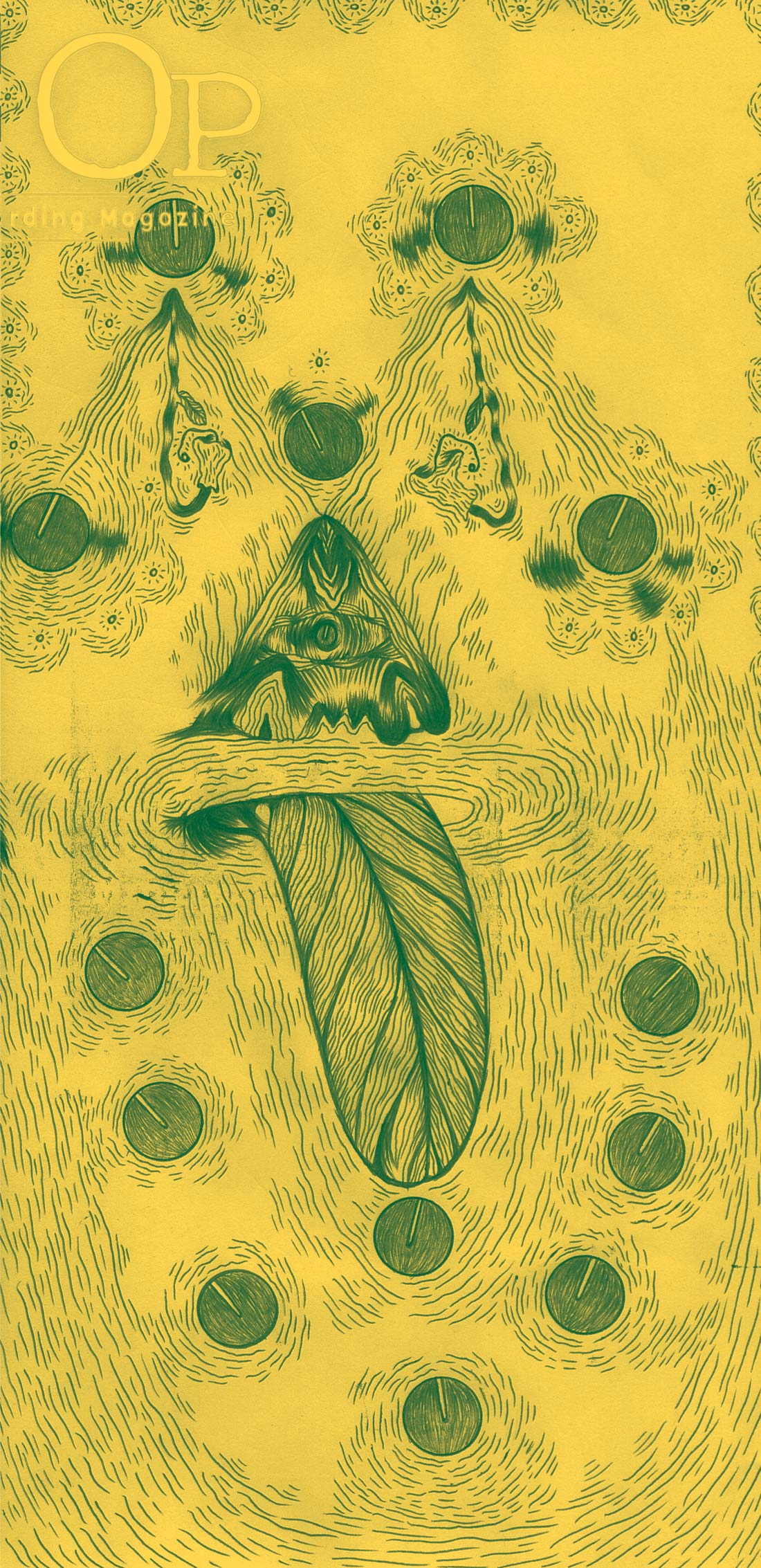

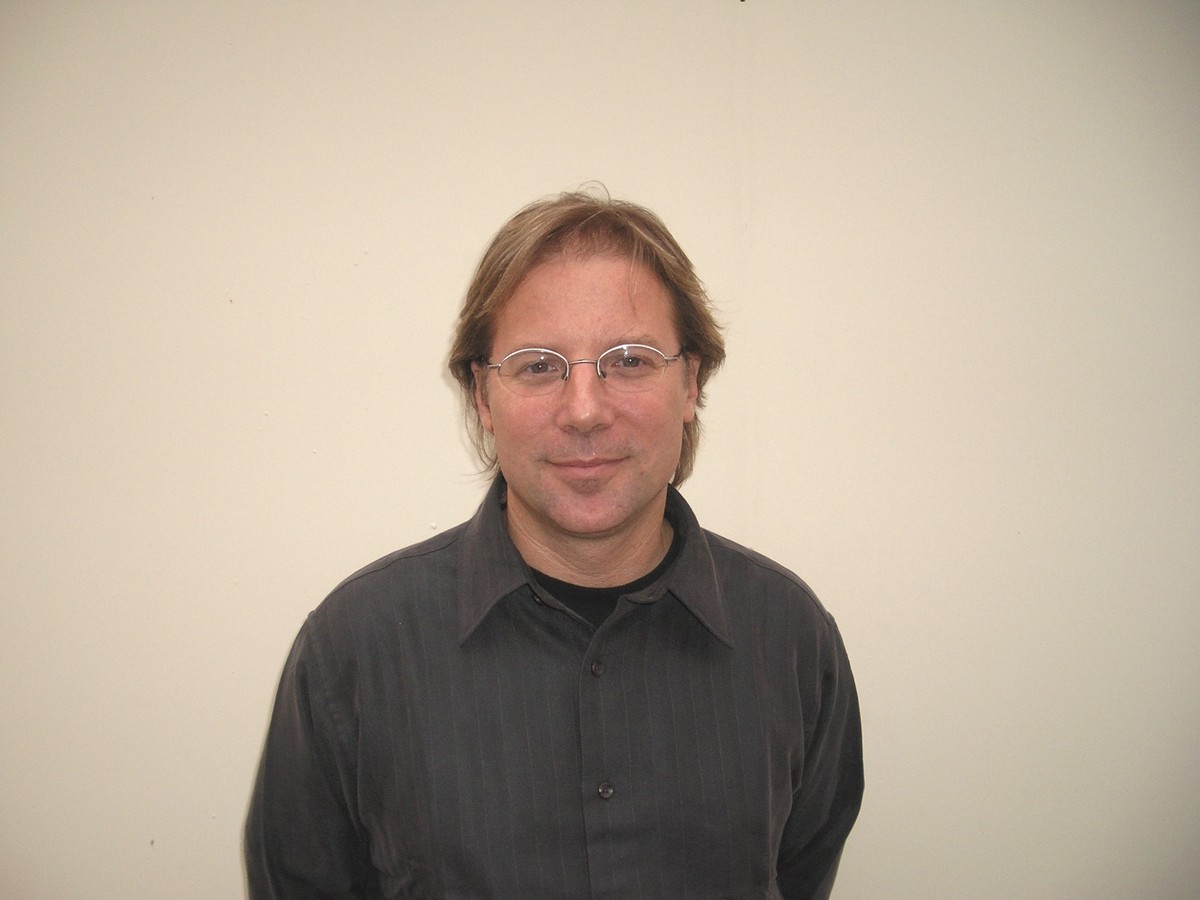





_disp_horizontal_bw.jpg)
